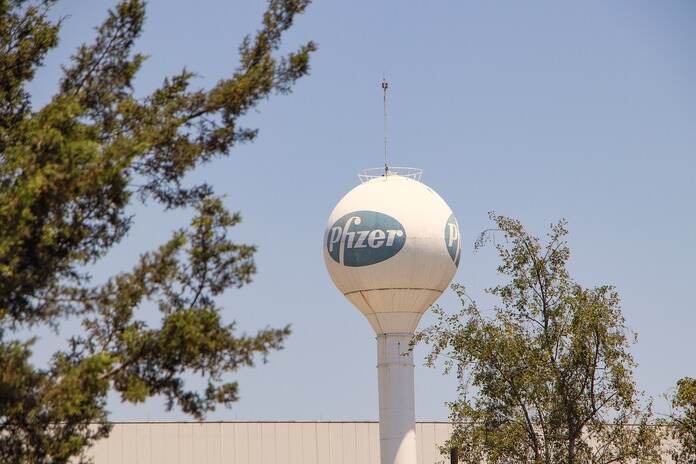Engaging in the sale of cash-secured puts on stocks one is content with owning provides an excellent avenue for generating additional income. A cash-secured put involves crafting an at-the-money or out-of-the-money put option while simultaneously earmarking sufficient cash to acquire the underlying stock. The objective is either to allow the put to expire worthless, retain the premium, or to be assigned and procure the stock at a price below the current market value. Put sellers must comprehend that they might be obligated to acquire 100 shares at the strike price.
The Rationale for Trading Cash-Secured Puts
Selling cash-secured puts constitutes a bullish strategy, though it’s slightly less bullish than outright stock ownership. If an investor is exceptionally bullish, strategies like long calls or bull call spreads might be more suitable. Investors typically sell puts on stocks they anticipate will remain stable, experience a modest increase, or, at worst, avoid a significant decline.
Cash-secured put sellers allocate sufficient capital to buy the shares and are content with taking ownership if the put buyer exercises their right. On the contrary, naked put sellers have no intention of owning the stock and solely aim to generate premium through option-selling strategies.
The bullishness of a cash-secured put investor determines the proximity of the put to the current stock price. Selling closer to the market price generates more premiums and enhances the likelihood of assignment. Conversely, selling deep out-of-the-money results in less premium and a lower probability of assignment.
Example of PFE Cash-Secured Put
Pfizer (NYSE:PFE), a venerable defensive stock with a 5.67% dividend yield, is an illustrative example. With PFE trading at $29.28 yesterday, the February put option with a $28 strike price was trading around $0.90. Sellers of this put would receive $90 in option premium and commit to buying 100 shares of PFE for $28 by February 16, irrespective of whether PFE is trading at $25, $20, or even $10.
However, if PFE remains above $28, the put option expires worthless, and the trader retains the $90 premium. The net capital at risk equals the strike price of $28, less the $0.90 option premium. In the event of an assignment, the net cost basis would be $28.10, presenting a 7.45% discount from the previous day’s trading price of $29.28.
If PFE remains above $28, the return on capital is calculated as $90 / $2,710 = 3.32% in 74 days, translating to a 16.38% annualized return. This implies that the put seller either achieves a 16.38% annualized return or acquires a high-yielding stock at a 7.45% discount.
Company Details
PFE’s technical outlook indicates a 100% Sell with a Strong short-term outlook.
Long-term indicators support the continuation of the trend.
Among the 17 analysts covering PFE, 7 rate it as a Strong Buy, 1 as a Moderate Buy, and 9 as a Hold.
Pfizer Inc., a global biopharmaceutical company, boasts a sustainable pipeline with multiple late-stage programs driving growth. It operates in six business units: Oncology, Inflammation and Immunology, Rare Disease, Hospital, Vaccines, and Internal Medicine.
Pfizer recently spun off its Upjohn unit, merging it with Mylan to create Viatris, a new generic pharmaceutical company. The Consumer Healthcare segment joined Glaxo’s unit to establish a joint venture.
Conclusion
While this strategy demands substantial capital, it offers an effective means of generating income from desired stock holdings. If assigned, investors can enjoy a 5.67% dividend yield from PFE. This approach can be applied to other stocks, but caution is advised, especially for those new to the process. Risk-averse traders may consider purchasing an out-of-the-money put to safeguard against downside risks. It’s essential to remember the inherent risks in options trading, with potential losses reaching 100%.
Featured Image: Pixabay















